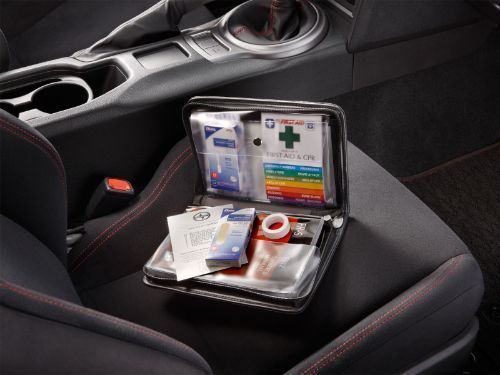
Adding a deck to your home is an excellent way to enhance your outdoor living space. However, designing a deck involves several critical decisions, one of which is determining how many balusters you need. Balusters are the vertical components that connect the handrail to the deck, providing safety, style, and structural integrity. Too few balusters could compromise safety, while too many could overwhelm the design. This article will guide you through the steps to calculate the number of balusters required for your deck, along with considerations for local building codes, aesthetics, and material selection.
Understanding Baluster Spacing Requirements
Before calculating the number of balusters, you need to understand the spacing requirements dictated by building codes. In most regions, the maximum space between balusters is 4 inches to prevent small children from squeezing through or becoming stuck. This rule is based on the International Residential Code (IRC), which serves as a standard guideline in the United States. Always verify the specific requirements in your area, as local codes may vary slightly.
The 4-inch spacing rule means that the gap between two balusters should not exceed 4 inches at any point. This measurement is taken from the inside edge of one baluster to the inside edge of the next.
Steps to Calculate the Number of Balusters
Here’s a step-by-step guide to calculate the number of balusters you’ll need:
1. Measure the Length of the Railing
Start by measuring the total length of the railing where you’ll install the balusters. Measure each section individually and write down the measurements. Be as precise as possible, as even small errors can affect the final calculation.
2. Determine the Width of the Balusters
Balusters come in various widths, typically ranging from 1 to 2 inches. Measure the width of the baluster you plan to use or check the product specifications if purchasing pre-made balusters.
3. Factor in the Desired Spacing
As mentioned earlier, the space between balusters should not exceed 4 inches. To ensure compliance, many people aim for a spacing of about 3.75 inches.
4. Perform the Calculation
The formula to calculate the number of balusters is as follows:
For example, if you have a railing that is 96 inches long, and you’re using balusters that are 1.5 inches wide with a spacing of 3.75 inches, the calculation would be:
This means you’ll need 19 balusters for that section of railing.
5. Repeat for Each Section
If your deck has multiple railing sections, repeat this calculation for each one. Add the results to get the total number of balusters needed for the entire deck.
Tips for Accurate Baluster Installation
Aesthetic Considerations
While safety is paramount, the appearance of your deck is also important. Balusters come in various materials, styles, and finishes, allowing you to customize the look of your deck. Here are a few aesthetic considerations:
Building Code Compliance
Adhering to building codes is non-negotiable when installing balusters. Failure to comply can result in fines, safety hazards, or the need for costly repairs. In addition to the 4-inch spacing rule, check for other requirements, such as:
Budgeting for Balusters
The cost of balusters varies widely depending on the material and style. Basic wooden balusters can cost as little as $1 each, while high-end glass or metal balusters may cost $20 or more per piece. To estimate your total cost:
Consider buying in bulk or during sales to reduce costs.
Conclusion
Determining how many balusters you need for a deck involves a careful balance of safety, aesthetics, and compliance with building codes. By following the steps outlined above, you can accurately calculate the number of balusters required and ensure a beautiful, functional, and secure deck. Don’t forget to consider your budget, materials, and design preferences when planning your project. With proper planning and attention to detail, your deck will become a cherished outdoor space for years to come.


































